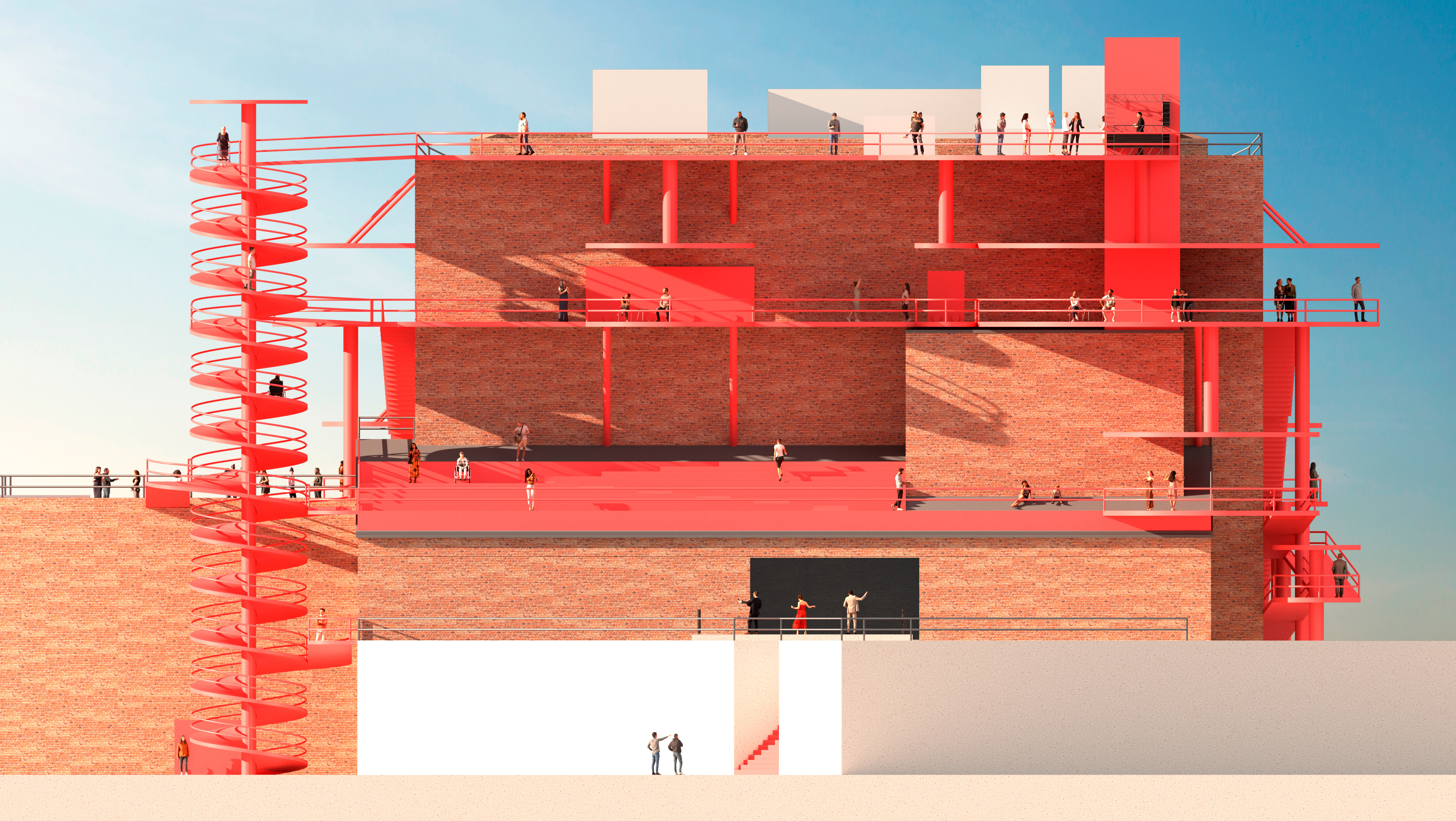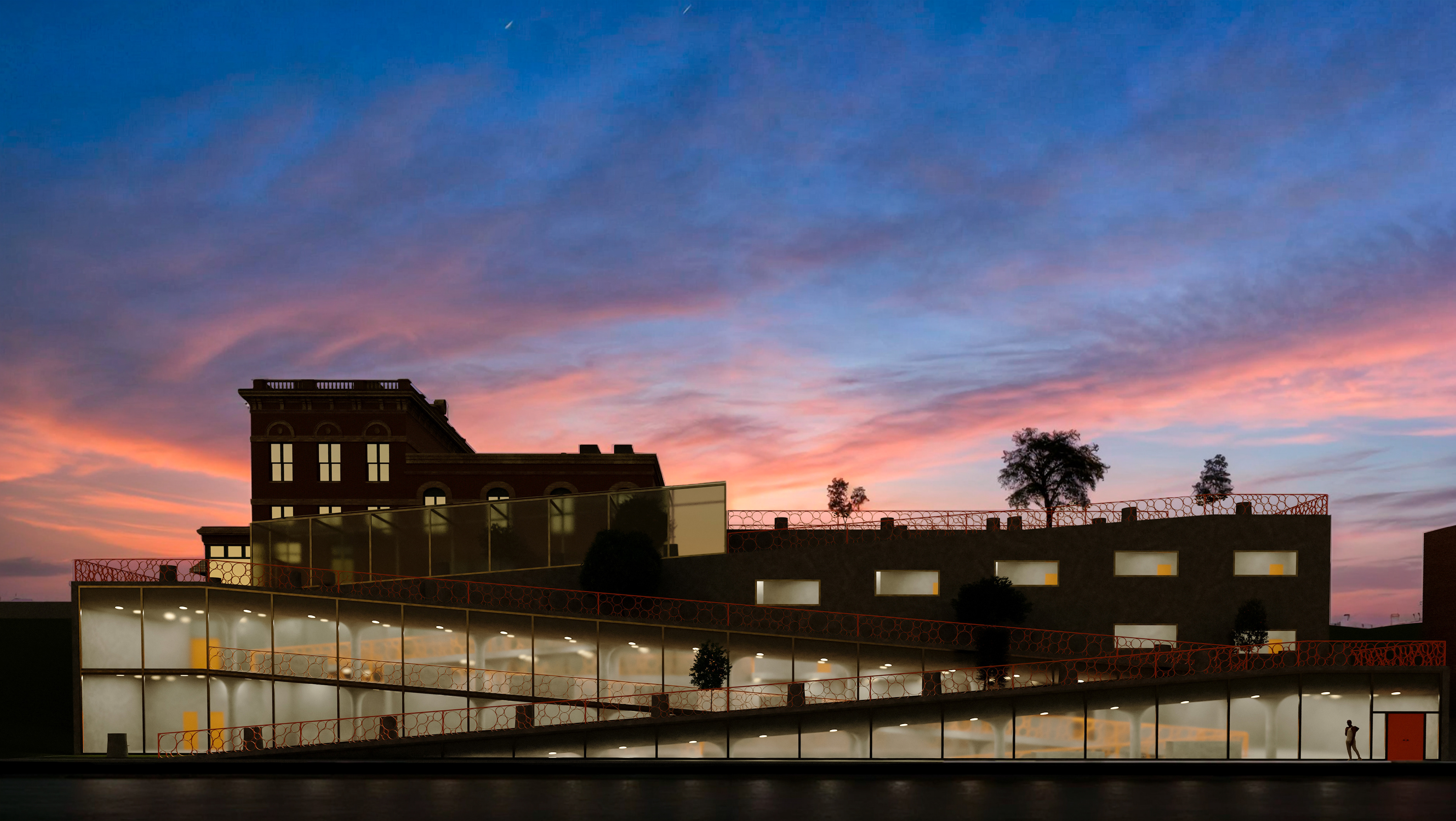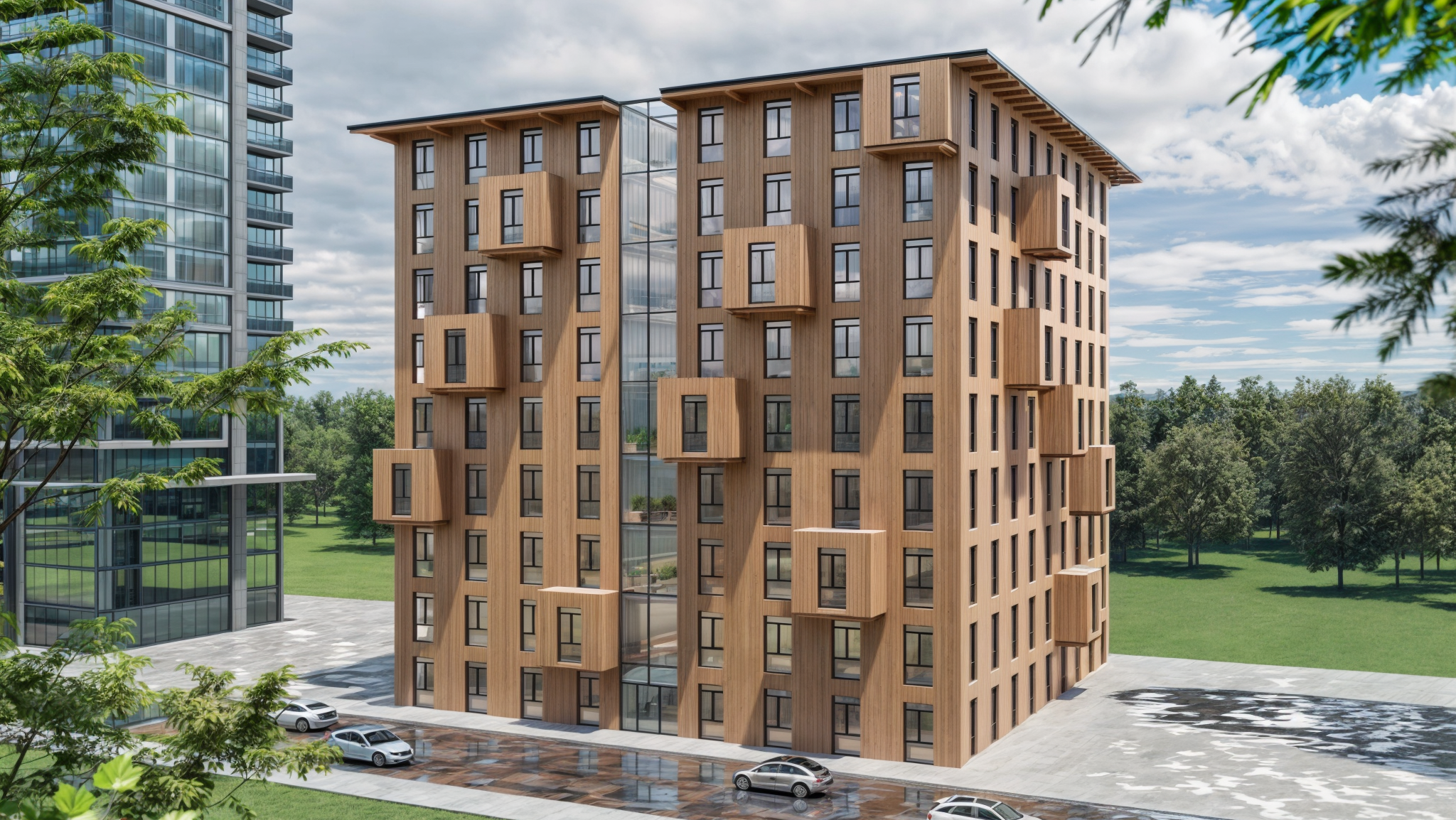an intervention to the de facto space for architecture at MIT
The Giant is a rearrangement of the Long Lounge, a department staple for lectures, gatherings, happy hours, and critiques.
Despite MIT's rich and colorful history and influence, many do not know of the Long Lounge or its location. Those who do more often attend it out of necessity than out of want.
The Giant is an opportunity to transform this blank slate of a space into something that simultaneously represents MIT Architecture and suits the needs of its constituents.
The goal of this project is to create a space that is MIT Architecture--for one, for some, and for all.
First, we imagined a number of programmatic forms, each of which served a different purpose
We wanted to tackle these programs individually, with the result being that each had its own distinct form.
next, we sorted through our programs and played with them
We explored how they interact with one another as we worked toward a product that would evolve the monotony of the Long Lounge into a multiprogram, multipurpose, multifaceted space.
As we played with these forms, we considered not just their interaction on an individual level, but also the composite that would rise from their combination.
The final point of focus was the philosophy of the space
More than just creating a space to suit our community, how do we create a space that is able to represent it and what it stands for, especially when its constituents all come from such varied backgrounds and have such varied interests?
The final design engages with the impossibility of representing an entire community
Here, the open space of opportunity that was originally provided by the Long Lounge has become overtaken by a hulking structure.
its components become host to a number of subspaces, each of which addresses a unique program with varying flavors of privacy and utility.
The Giant is at once its own composite organism and a collection of smaller living and breathing forms
Narrow corridors open up into communal spaces.
a lecture hall gives way to an exhibition room.
a patio surfaces in the gap between a group workspace and a private study room.
the roof of one structure serves as the balcony of another.
These subspaces overlap and bleed into each other, remaining figuratively and literally interconnected.
The negative space between these forms is just as important. The liminal spaces--the areas of procession or lingering between a start and end point--represent imperative aspects of the Department culture.
several subspaces rise to puncture through the roof and walls of the building
MIT Architecture is not a monolith.
it is only fitting for the structure that represents MIT Architecture to literally burst through its own bounding box, exposing it to be plainly seen by the outside world.
MIT Architecture is bigger than the Long Lounge--it’s a giant in a small room




















